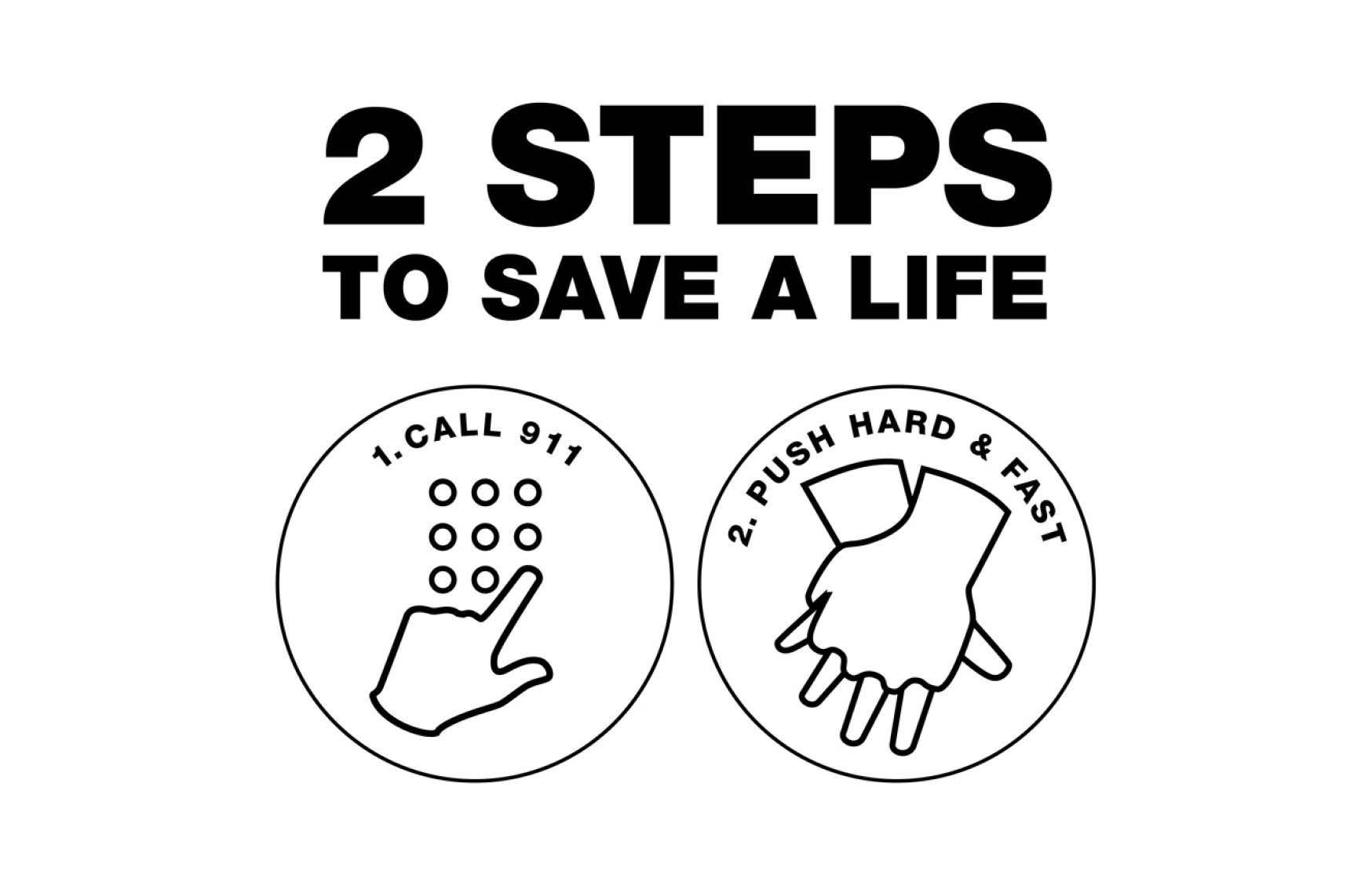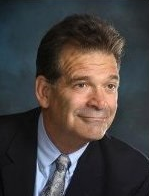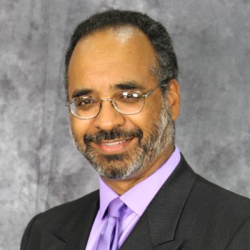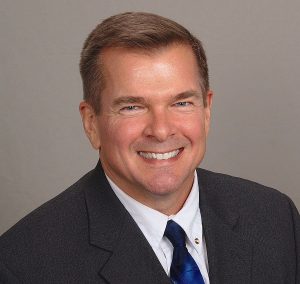By Janice Litvin
It was a dramatic moment at the Division F Speech Contest on April 18th in Danville, California.
The contestant, whom I’ll call Kumar to protect his identity, was in the middle of his contest speech, recounting his early days attending the University of Alabama, coming from India. As he spoke humorously of trying to fit in to the Crimson Roll Tide football culture, he began to step backwards. At first, the audience thought the move was a gimmick to attract attention and woo the judges. But, alas, when he went tumbling down we all realized this was no joke. His wife shrieked, “he’s a heart patient! Someone help him!”
We all jumped into action, and the two of us who were CPR-Certified, knew exactly what to do. “You, go call 9-1-1!” “You, go outside and direct the paramedics to our building!” “You, go find the AED machine.”
As we got him into position on the floor, we couldn’t find a pulse. It was time to get to work. Greg Kaufman, our District 57 Public Relations Manager, flew into action and started to administer CPR on Kumar. Greg’s CPR training and his quick action saved Kumar’s life.
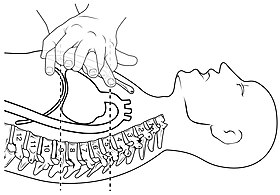
for CPR
Cardio-pulmonary resuscitation (popularly known as CPR) calls for alternating doses of chest compressions and rescue breaths. Chest compressions help circulate blood through the heart to vital organs. Rescue breaths help in maintaining lung function and provide oxygen to the brain. Chest compressions are maintained at one and one half to two inches deep and are delivered at the rate of 80 to 100 per minute while rescue breaths are delivered with a mouth-to-mouth seal. This alternation is maintained in cycles of 15 compressions followed by two rescue breaths until the paramedics arrive.
AED stands for Automatic Electric Defibrillator, which serves to find the heartbeat if there is one, shock the heart into re-starting, if there isn’t one, or regulate the heartbeat if it is irregular.
Within a few minutes, the local fire department arrived and took control to stabilize Kumar and got him to the hospital, where he is in good care today. Kumar’s doctors plan to implant a defibrillator to regulate his heart if it goes into irregular rhythm again.
When asked how he remembered what to do, Kaufman replied, “all the training came flooding back, and I didn’t even have to think.”
According to the American Heart Association, cardiac arrest is an electrical disruption that suddenly causes the heart to beat irregularly and not be able to pump blood effectively to the rest of the body.
Of the more than 366,000 people in the U.S. who experience a cardiac arrest outside the hospital each year, about 90 percent die. CPR, especially if administered immediately, can double or triple a person’s chance of survival.
For his bravery, Greg Kaufman will be honored with a Heartsaver Award in recognition of a great job for the first part of the Chain of Survival.
I was the other CPR-certified person on hand that day. Being CPR-trained allowed me to think quickly and not be afraid to act in the midst of an emergency.
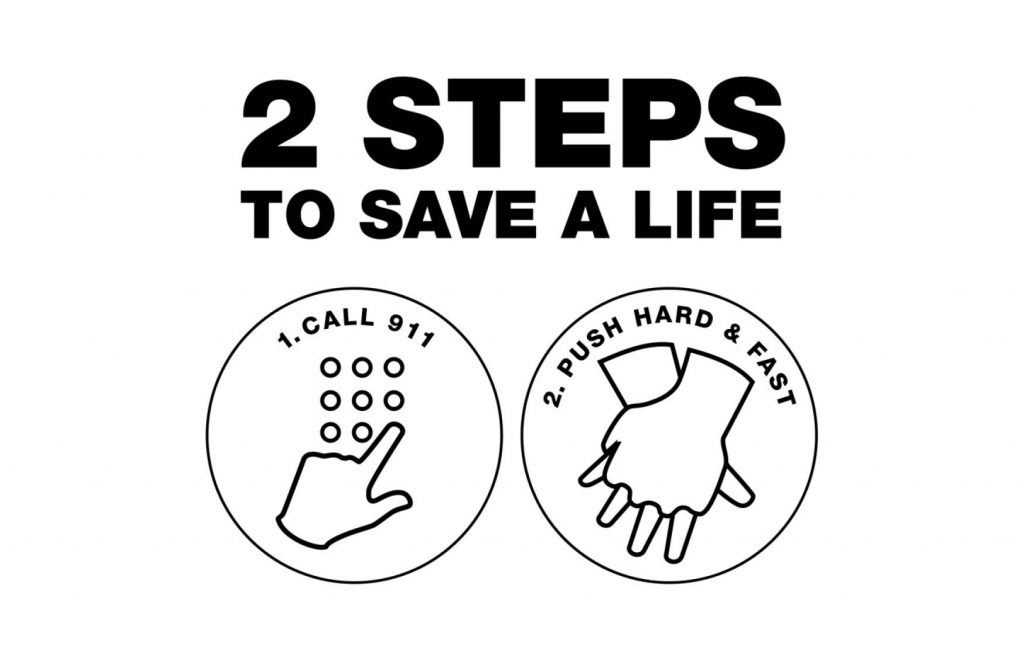
The American Heart Association urges everyone to get CPR-certified, particularly if you live with a heart patient. Kumar’s wife plans to get CPR-certified as soon as possible.
For more information about CPR go to www.heart.org.

Janice Litvin writes and speaks about workplace wellness, stress, fitness, and healthy eating, and can be found at www.JaniceLitvin.com, Twitter: @JLitvin, or www.Linkedin.com/in/JaniceLitvin. To book Janice to speak for your organization email at: Janice@JaniceLitvin.com or call 415.518.2202

